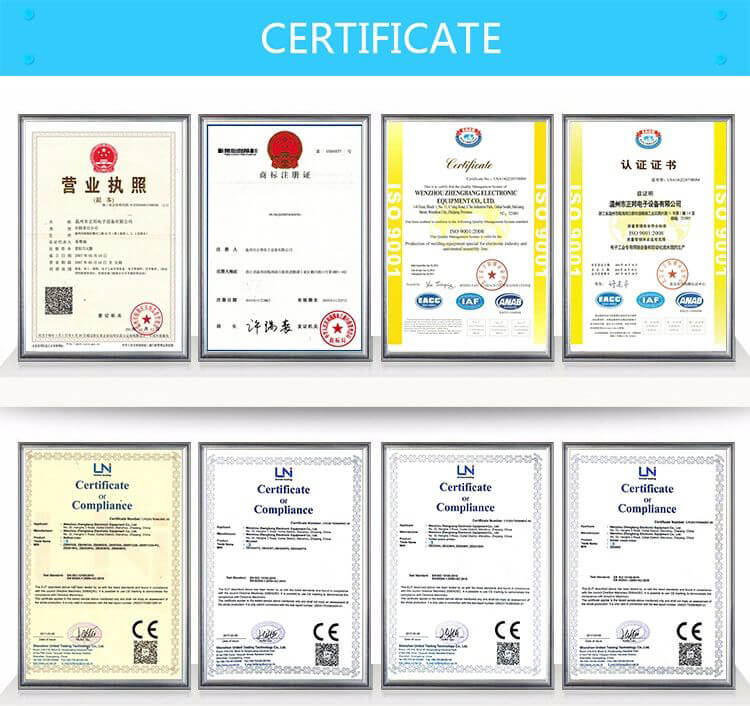Designing a Multilayer PCB Layout
1. Always select an even number of layers when designing a multilayer boards because you will use both sides.
2. Some designs will require the specification of the thickness of the dielectric, typically for impedance causes. For these situations confer with your board manufacturing facility to choose the dimensions for its core or prepreg thicknesses available.
For the thicknesses of dielectric, the prepreg is determined by the type or an assortment of various kinds of materials. The PCB manufacturing facility will tell you what mixture of prepreg will work well and what dimensions and tolerances can result.
It is best to talk with the PCB manufacturing facility about and unique dielectric specifications while you are designing your PCB. This gives you time to obtain the materials when required. In addition, the production processes can be talked about before the opportunity passes for making changes to your design.
Note: The cost of materials is based on much more than the thickness. Various parameters such as the amount of plies, the type of material, thickness tolerances, and even the supply relative to the need of the materials determines the final cost. In cases where there is not a specification of the thickness of the dielectric, tell the PCB manufacturing facility to determine the ideal material to use. It will select materials based upon industry standards, attractive cost and the best manufacturing methodology.
3. To ensure the lowest bow and twist, the board should have a balanced layout relative to the board’s Z-axis median. The balance is determined by:
-
Thickness of the dielectric per layer
-
The distribution and thickness of copper per layer
-
The placement of the circuit and the layers of the plane
A higher number of plane layers is typically the result of an increased number of layers overall. Plane layers are best placed internal on the PCB such that they are balanced about the Z-axis median of the layout.
Boards will meet the highest allowable bow and text of 0.25mm per 25mm (1%) or better when the best design rules for multilayer boards are used.
4. Circuits in the outer layers of the PCB
Ensure there exists a balance in the circuitry regions and their distribution relative to the front and rear of the PCB.
Take into account the external plane’s low pattern density relative to its plating thieving.
5. Tolerances for Thickness
The tolerances for thickness will always get bigger as the multilayer PCB’s total thickness increases. It is a sound idea to require a tolerance of ±10% of the total thickness.
Document where to measure the thickness such as glass to glass at rail guides, over gold contacts, over solder mask, etc.
Consider the essential characteristics of design when determining the probable PCB thickness. For example: Have you receded back the plane layers relative to the gold contacts? If so, the PCB thickness should not include the copper part of the planes when you are measuring across the contacts.
Note: The width and density of the signal lines and the open plane areas are dependent upon the thickness of the copper relatives to the total board thickness. Regarding the total thickness of the PCB, you may find that the prepreg may have an isolated 0.15mm line embedded in it. Discuss with your PCB manufacturing facility when the total thickness is an important consideration. In general, statistical material measurement data depends on the required overall thickness tolerance. In general, ±10% is a good amount. Closer tolerances are obtainable based on the multilayer layout design, as well as the materials. You should discuss with your PCB manufacturing facility if closer tolerance are an importance consideration.
Keywords:
SMT Reflow Oven, Lead free Reflow Oven, Reflow Oven Manufacturer, LED reflow oven, PCB Reflow Oven, Nitrogen Reflow Oven, Dual Rail Reflow Oven, China Reflow Oven, wave soldering machine, Dual Rail Wave Soldering Machine, Nitrogen Wave Soldering Machine, Wave Soldering Machine Manufacturer.
Flason Electronic Co.,ltd provide a full SMT assembly line solutions, including
SMT Reflow Oven,
Wave Soldering Machine,
Pick and Place Machine,
SMT Stencil Printer,
SMT AOI SPI Machine,
SMT Reflow Oven,
SMT Peripheral Equipment,
SMT Assembly line,
SMT Spare Parts
etc any kind SMT machines you may need, please contact us for more information:
wechat whatsapp:+8613691605420, Skype: flasonsmt, Email: sales@flason-smt.com |
 |
 |
 |
FAQ
1) This is the first time I use this kind of machine, is it easy to operate?
There is English manual or guide video that show you how to use machine.
If you still have any question, please contact us by e-mail / skype/ phone /trademanager online service.
2) If machine have any problem after I receive it, how can I do ?
Free parts send to you in machine warranty period.
If the part is less than 0.5KG, we pay the postage.
If it exceeds 0.5KG, you need to pay the postage.
3) MOQ ?
1 set machine, mixed order is also welcomed.
4) How can I buy this machine from you? ( Very easy and flexible !)
A. Consult us about this product on line or by e-mail.
B. Negotiate and confirm the final price , shipping , payment methods and other terms.
C. Send you the proforma invoice and confirm your order.
D. Make the payment according to the method put on proforma invoice.
E. We prepare for your order in terms of the proforma invoice after confirming your full payment.
And 100% quality check before shipping.
F.Send your order by air or by sea.
5)Why choose us ?
A. Gold supplier on Alibaba !
B. Trade assurance to US$54,000 !
C. Best price & Best shipping & Best service ! |
 |



